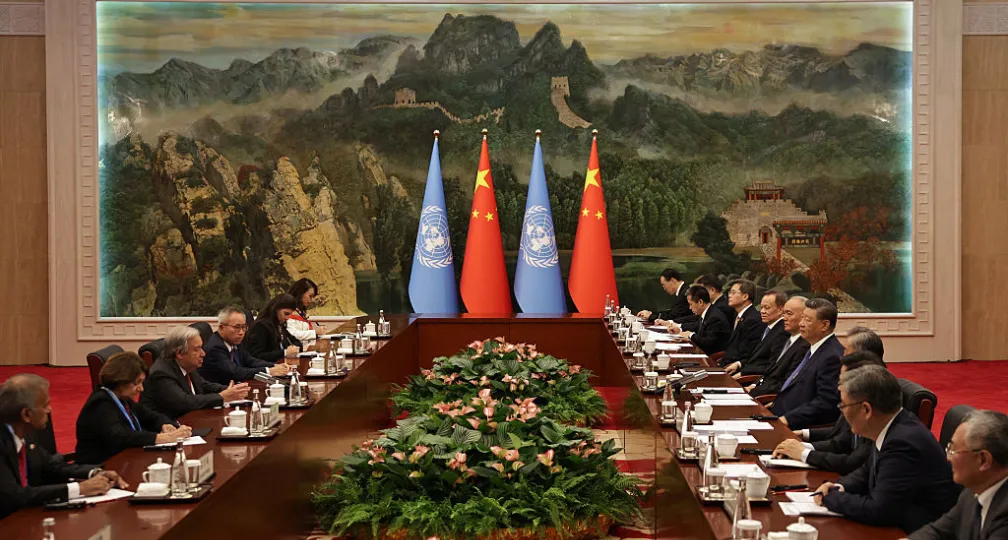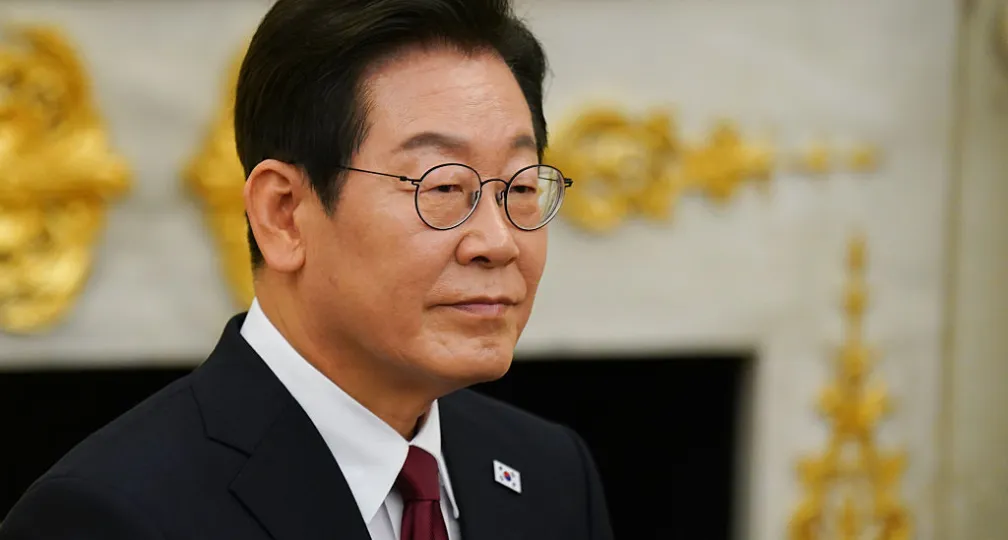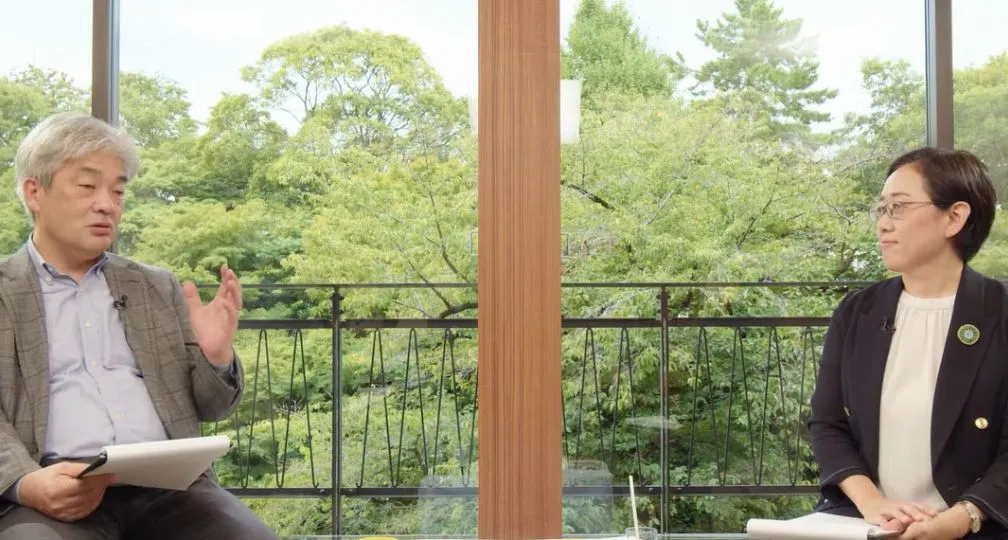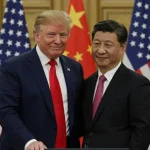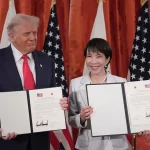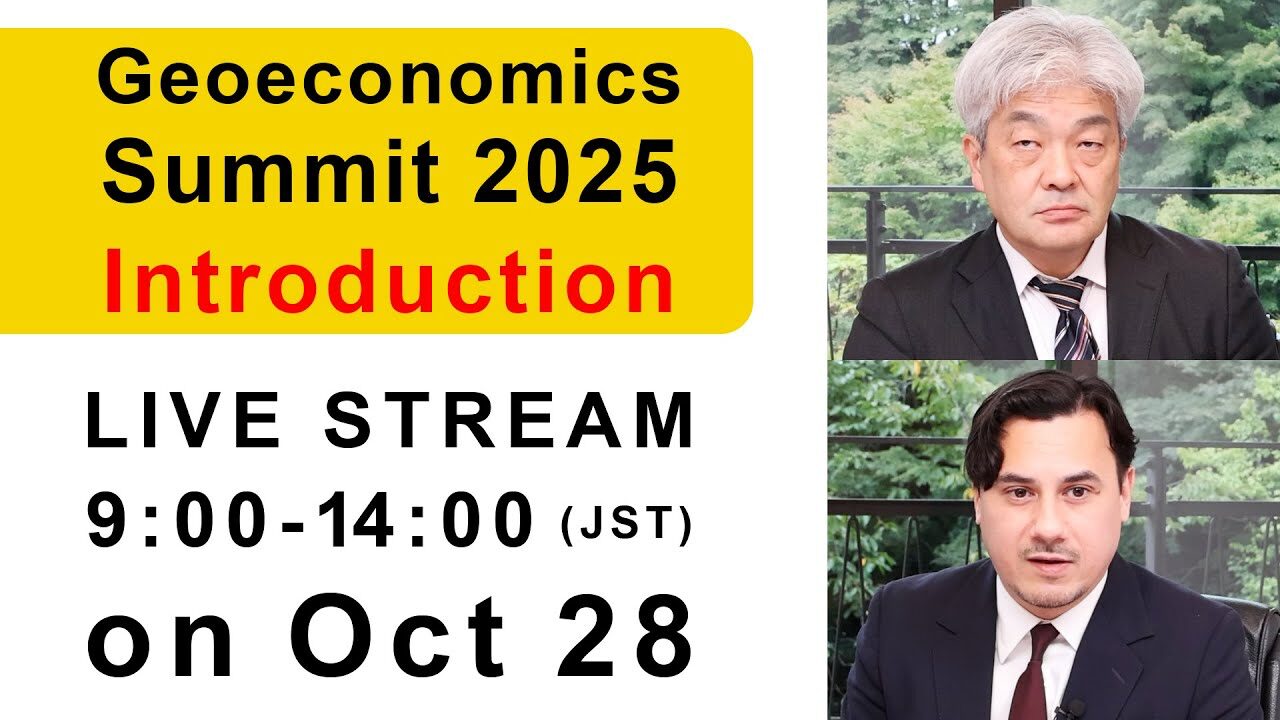A Looming Crisis in U.S. Science and Technology: The Case of NASA’s Science Budget
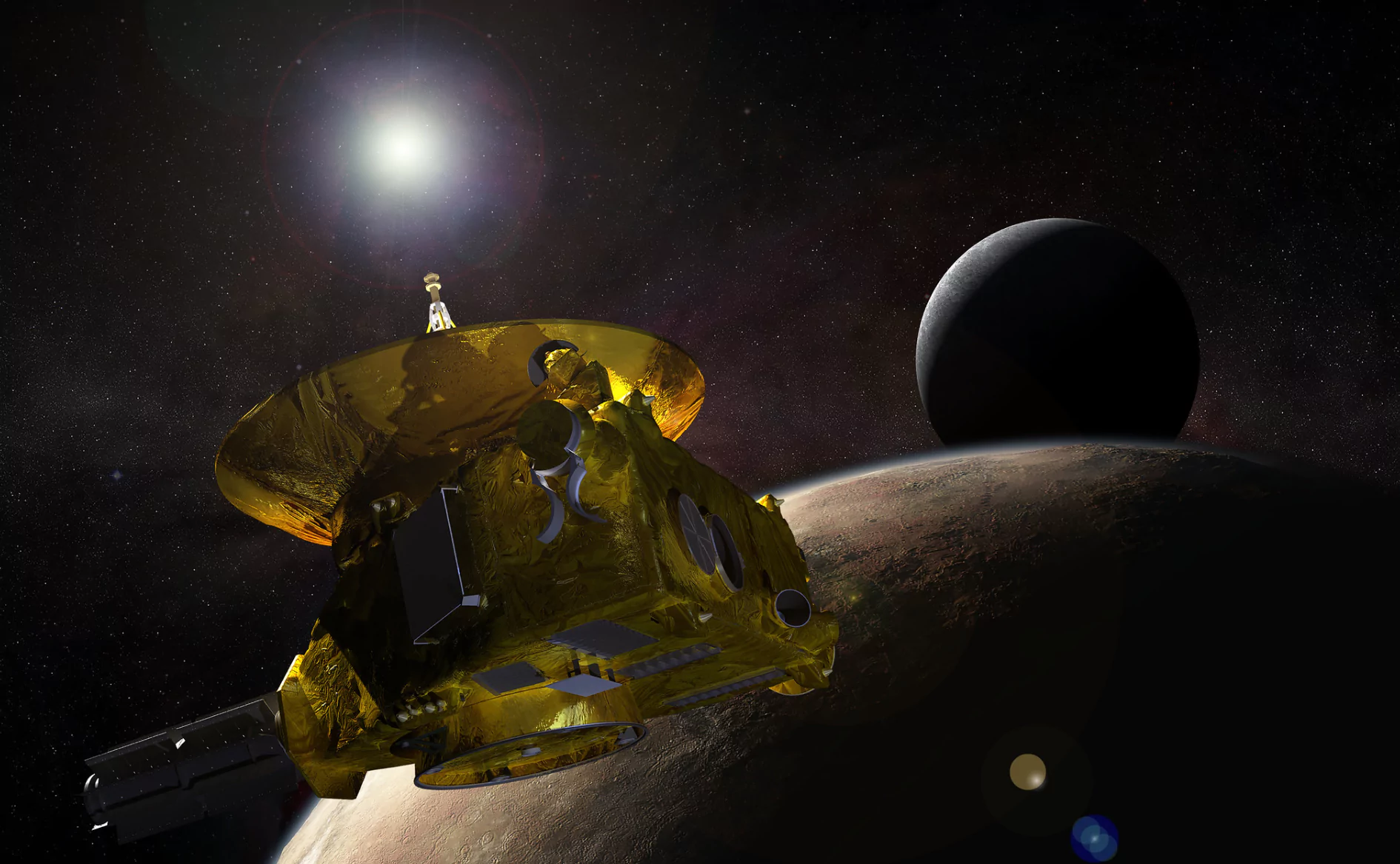
Yet, when viewed against the policy environment since January 2025, these developments are less surprising—and in some respects reflect outcomes deliberately sought by the administration. The question now is what this exodus reveals about NASA’s role as a symbol of U.S. scientific and technological power, and how the broader innovation ecosystem that underpins American leadership may be shifting.
The Shock of the FY2026 Budget Request
From the outset, the second Trump administration pursued sweeping staff reductions and program eliminations through the newly created Department of Government Efficiency (DOGE). NASA, politically vulnerable in the absence of a Senate-confirmed administrator and subject to the influence of DOGE’s initial head, Elon Musk, was required to draw up its own downsizing plans. Coupled with measures such as the rollback of diversity and inclusion initiatives and the prohibition of remote work, these conditions led many employees to take advantage of early retirement programs.
A far greater shock came in May and June 2025, when the administration unveiled its FY2026 budget request. NASA’s topline budget was slashed by 24% to $18.8 billion—the lowest level in inflation-adjusted terms since 1961 and the steepest cut in the agency’s history. Most alarming was the 47% reduction proposed for the Science Mission Directorate. Cuts to Earth science were expected, given the administration’s stance on climate change, but space science, such as planetary science and astrophysics—traditionally bipartisan priorities—were also targeted. The budget proposed canceling 41 operational or planned missions, including the New Horizons probe that achieved the first flyby of Pluto and the Chandra X-ray Observatory that studies black holes and neutron stars.
Though Congress retains the power of the purse, the mere fact that the administration advanced such sweeping cuts sent shockwaves through the space community. The administration’s budget also envisioned eliminating 5,000 full-time NASA positions in FY2026. That 4,000 employees had already departed by July suggests the downsizing is proceeding ahead of schedule.
Ripple Effects on the Scientific Ecosystem
The cuts reach far beyond NASA itself. U.S. universities are deeply intertwined with NASA science missions—often leading science teams, developing instruments, and training the next generation of researchers. Curtailment of these programs jeopardizes not only current laboratories but also the long-term pipeline of scientific talent. Once dismantled, such ecosystems are exceedingly difficult to rebuild.
Industry has also voiced concern. The Aerospace Industries Association (AIA) warned that NASA’s science programs sustain a healthy supply chain and thousands of skilled jobs. Because scientific missions rely on bespoke instruments and spacecraft, the collapse of such production chains risks permanent loss of capabilities. Already, some firms initially focused on civil space services have begun shifting toward defense contracts, signaling distortions in the broader industrial base.
The Costs of “Selective Investment”
The administration’s intent is clear. Cuts to civilian science programs are paired with a $119.3 billion increase in defense spending for FY 2026, offset by equivalent reductions in non-defense accounts. Within those non-defense cuts, science agencies—including NASA, the National Science Foundation (NSF), the National Institutes of Health (NIH), and the Department of Energy—were specifically targeted.
Still, certain domains were shielded: AI and quantum science at NSF, fusion and high-performance computing at the Department of Energy, and human space exploration at NASA. These reflect areas the administration sees as decisive in strategic competition with China. Michael Kratsios, Director of the White House Office of Science and Technology Policy, has emphasized that AI and quantum technologies are essential for prevailing over adversaries. Official budget documents explicitly state that funds for civilian space programs will be refocused to ensure the United States defeats China in the new race to the Moon.
Yet such prioritization comes at a cost. By hollowing out the broader base of scientific research, the United States risks eroding the very ecosystem that has historically powered both economic growth and national security. A narrow focus on “short-term wins” could undermine America’s long-term capacity to innovate. The same applies to NASA. Let space science wither, and the United States will be worse positioned for the long-term competition in space.
Short-Term Gains, Long-Term Risks
Scientific and technological competition with China is indeed one of the central arenas of the superpower rivalry today. But this is not a replay of the Apollo era’s race to plant a flag on the Moon. Rather, it is a complex and sustained contest over which country can harness science and technology to strengthen national power and global leadership over decades.
The second Trump administration has shown its policy to concentrate scarce federal resources on a few headline technologies to demonstrate quick victories. But America’s innovative strength has always rested on a broad foundation: a steady federal investment in basic science, which has sustained talent pipelines, supply chains, and private-sector vitality. By undermining that foundation, the United States risks sacrificing enduring competitiveness for transient gains.
Congress has begun to push back, signaling support for preserving scientific budgets more broadly. Yet the administration has indicated it may decline to execute appropriations it deems unnecessary, foreshadowing an intensifying power struggle between the executive and legislative branches.
Unless course corrections are made, the risk is clear: in exchange for short-term demonstrations of strength against China, the United States could invite long-term decline. What is needed is a strategy that recognizes the importance of both priorities—maintaining near-term competitiveness while preserving and strengthening the broader base of American science. Only such a balanced approach can safeguard the world’s largest innovation ecosystem and sustain U.S. leadership in the decades ahead.
(Photo Credit: New Horizons 3-billion-mile Journey to Pluto Reaches Historic #plutoflyby!” by NASA’s Marshall Space Flight Center, CC BY-NC 2.0, https://www.flickr.com/photos/nasamarshall/19501047498)
Disclaimer: The views expressed in this IOG Geoeconomic Briefing do not necessarily reflect those of the API, the Institute of Geoeconomics (IOG) or any other organizations to which the author belongs.
API/IOG English Newsletter
Edited by Paul Nadeau, the newsletter will monthly keep up to date on geoeconomic agenda, IOG Intelligence report, geoeconomics briefings, IOG geoeconomic insights, new publications, events, research activities, media coverage, and more.


Research Fellow
Kota Umeda is a research fellow at the Institute of Geoeconomics at the International House of Japan. From 2015 to 2025, he worked at the Japan Aerospace Exploration Agency (JAXA), where he focused on researching U.S. space policy, coordinating with other space agencies, and developing JAXA's cybersecurity policy and incident response strategies. From 2019 to 2022, Mr. Umeda served as JAXA's liaison officer in Washington, D.C., collaborating with the U.S. government, industry leaders, and various stakeholders to promote Japan-U.S. space cooperation. Prior to his career in the space sector, Mr. Umeda spent five years at the Japan Ministry of Defense, where he researched military activities surrounding Japan and contributed to the formulation of arms control and disarmament policies. He holds a Master of Laws from Kyoto University and a Bachelor's degree in Policy Studies from Kwansei Gakuin University.
View Profile-
 India - Japan: The Glimpse of a Shared Vision2025.12.05
India - Japan: The Glimpse of a Shared Vision2025.12.05 -
 Beijing’s ‘Globalist’ Agenda Under Trump 2.02025.12.01
Beijing’s ‘Globalist’ Agenda Under Trump 2.02025.12.01 -
 Trump’s Tariffs Might Be Here to Stay – No Matter Who’s in Power2025.11.28
Trump’s Tariffs Might Be Here to Stay – No Matter Who’s in Power2025.11.28 -
 The long road to a South Korea-U.S. trade deal2025.11.26
The long road to a South Korea-U.S. trade deal2025.11.26 -
 Event Report: The Trump Tariffs and Their Impact on the Japanese Economy2025.11.25
Event Report: The Trump Tariffs and Their Impact on the Japanese Economy2025.11.25
 Event Report: The Trump Tariffs and Their Impact on the Japanese Economy2025.11.25
Event Report: The Trump Tariffs and Their Impact on the Japanese Economy2025.11.25 The Real Significance of Trump’s Asia Trip2025.11.14
The Real Significance of Trump’s Asia Trip2025.11.14 Can Takaichi Build on a Successful Summit?2025.10.31
Can Takaichi Build on a Successful Summit?2025.10.31 The long road to a South Korea-U.S. trade deal2025.11.26
The long road to a South Korea-U.S. trade deal2025.11.26 India’s Structural Reforms: Opportunities and Risks2025.11.14
India’s Structural Reforms: Opportunities and Risks2025.11.14



